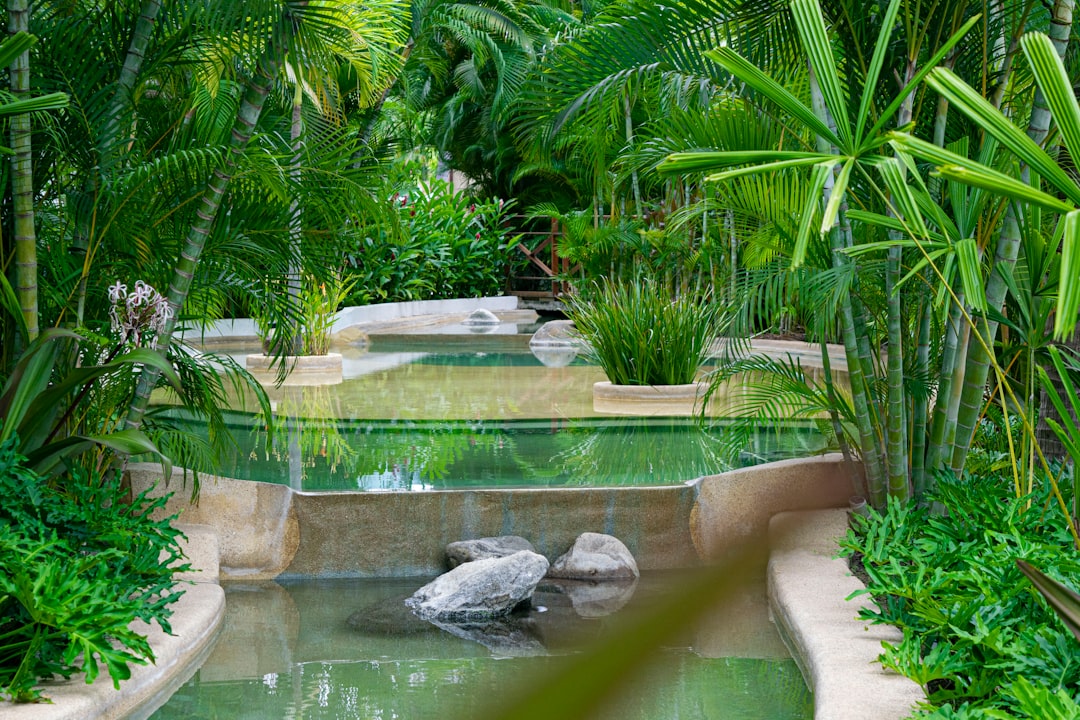Unveiling the Sunlight Secrets of Hydrangeas

When it comes to gardening, shrubs play a vital role in adding beauty and structure to any landscape. Among the many shrubs, hydrangeas stand out with their large, showy blooms that can transform a garden into a magical place. However, one of the key factors in ensuring the health and vitality of hydrangeas is understanding how much sun they need. Some hydrangeas do need full sun, while others prefer shade. In this article, we will delve into the world of hydrangeas and get expert advice on the sunlight requirements of different types of hydrangeas to help them thrive.
Hydrangeas come in various species, each with its own unique characteristics and sunlight preferences. Let's start by exploring some of the most common types of hydrangeas and their sunlight needs.
Bigleaf Hydrangeas (Hydrangea macrophylla)
Bigleaf hydrangeas are perhaps the most well - known type of hydrangeas. They are famous for their large, round flower clusters. These hydrangeas generally prefer partial shade, especially in regions with hot summers. In the morning, they can tolerate a few hours of direct sunlight, which helps in promoting better flower production. However, intense afternoon sun can be too harsh for them. If exposed to full sun for extended periods, the leaves may wilt, and the flowers may fade quickly. In areas with milder climates, they can handle a bit more sun, but still, protection from the hottest part of the day is recommended. For example, planting them on the east - facing side of a building or under the dappled shade of a tree can provide the ideal environment.
Panicle Hydrangeas (Hydrangea paniculata)
Panicle hydrangeas are more sun - tolerant compared to bigleaf hydrangeas. They can thrive in full sun conditions, although they can also grow well in partial shade. When grown in full sun, panicle hydrangeas tend to produce more abundant and larger flower clusters. The sun exposure helps in strengthening the stems, which is important as the large flower heads can be quite heavy. In fact, in areas with less sunlight, the stems may become weak, causing the flowers to droop. Some popular panicle hydrangea varieties like 'Limelight' and 'PeeGee' are known for their ability to tolerate full sun, making them a great choice for sunny gardens.
Oakleaf Hydrangeas (Hydrangea quercifolia)
Oakleaf hydrangeas are native to the southeastern United States. They have unique oak - shaped leaves and cone - shaped flower clusters. These hydrangeas prefer partial shade, especially in the afternoon. They can tolerate some morning sun, but too much direct sunlight can cause the leaves to turn brown and crispy. In their natural habitat, they often grow under the canopy of trees, receiving filtered sunlight. In a garden setting, planting them near a north - facing wall or under the shade of larger shrubs can provide the right amount of light. Additionally, the shade helps in maintaining soil moisture, which is crucial for the health of oakleaf hydrangeas.
Smooth Hydrangeas (Hydrangea arborescens)
Smooth hydrangeas are another type that prefers partial shade. They are known for their large, white flower clusters that look like pom - poms. While they can tolerate some sun, especially in the morning, intense sunlight can lead to wilting and reduced flower production. In areas with hot summers, providing them with shade during the hottest part of the day is essential. They also benefit from well - drained soil that retains moisture, as the combination of shade and proper soil conditions helps them thrive. For instance, 'Annabelle' is a popular smooth hydrangea variety that performs best in partial shade.
So, how can you determine the right amount of sun for your hydrangeas? First, it's important to know the type of hydrangea you have. Check the plant label when you purchase it or do some research to identify the species. Observe your garden's sunlight patterns throughout the day. Notice which areas receive full sun, partial sun, or shade. If you're unsure, you can start by planting your hydrangea in a spot with partial shade and see how it responds. If it seems to be doing well, you can gradually expose it to more sun if it's a sun - tolerant variety.
Another aspect to consider is the soil. Hydrangeas generally prefer moist, well - drained soil. In full - sun areas, the soil tends to dry out more quickly, so you may need to water your hydrangeas more frequently. Adding a layer of mulch around the base of the plant can help retain soil moisture and also regulate soil temperature. This is especially important for hydrangeas that are in full - sun locations.
In conclusion, understanding the sunlight requirements of different types of hydrangeas is crucial for their success in the garden. By providing the right amount of sun, along with proper soil and watering, you can ensure that your hydrangeas will bloom beautifully year after year. Whether you have a sunny garden or a shady nook, there's a hydrangea variety that can thrive in your specific conditions. So, go ahead and add these lovely shrubs to your garden and enjoy the stunning display of flowers they offer.